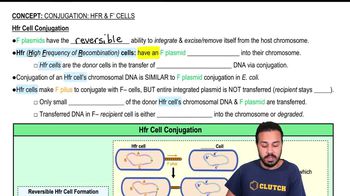Identify when (before transcription, after transcription but before translation, after translation) each of the following regulatory mechanisms functions.
a. ATP combines with an enzyme, altering its shape.
b. A short RNA is synthesized that is complementary to mRNA.
c. Methylation of DNA occurs.
d. An inducer combines with a repressor.




